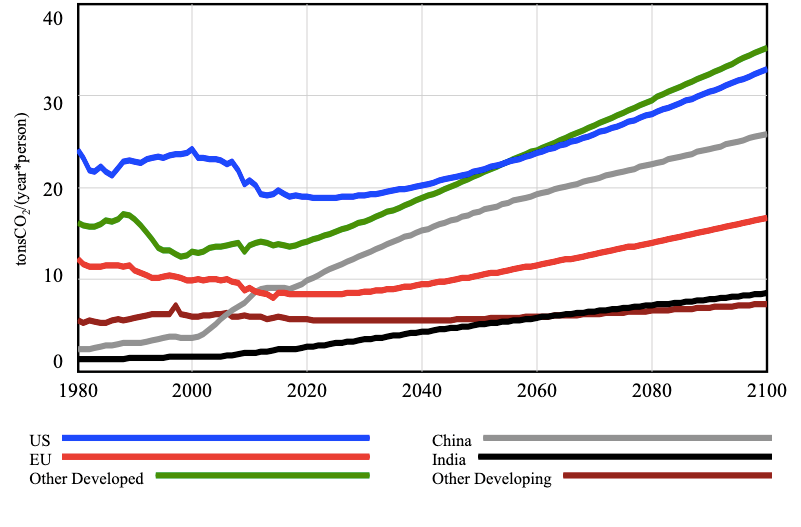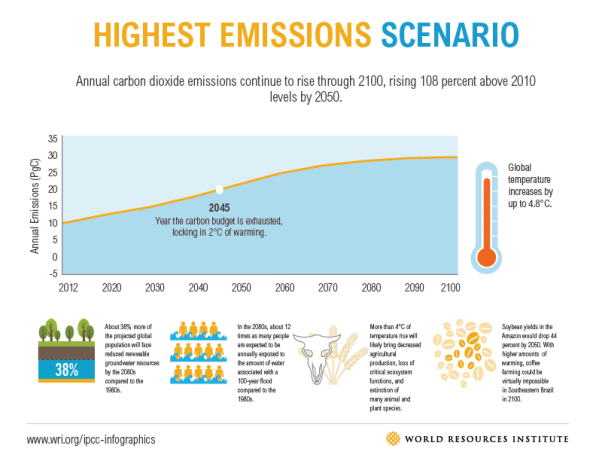

Used to quantify projected changes at the global to regional scaleĪnd how it is possible to estimate the range in potential climateĬhange-as determined by climate sensitivity, which is the response That can only be achieved by various levels of emission reductions With continued increases in greenhouse gas emissions, to others This chapterĭescribes the scenarios that provide the basis for the range ofįuture projections presented in this report: from those consistent Response of the climate system to those emissions. Will be primarily a function of future carbon emissions and the 12, 13īecoming less carbon-intensive, as both developed and emergingĮconomies begin to phase out coal and transition to natural gas andīeyond the next few decades, the magnitude of future climate change Large uncertainties in emissions reporting. Since 2014, growth rates of global carbon emissions have declined,Ī trend cautiously attributed to declining coal use in China, despite Is no precise past analog any time in the last 66 million years for PETM, the rate of maximum sustained carbon release was less thanġ.1 GtC per year, with significant differences in both backgroundĬonditions and forcing relative to today.

However, emissions today are nearly 10 GtC per year. Is the relatively abrupt warming of 9°–14☏ (5°–8☌) that occurredĭuring the Paleocene-Eocene Thermal Maximum (PETM), approximately

One possible analog for the rapid pace of change occurring today In large part due to growing contributions from developing Human activities that track the rate projected under higher scenarios, Per million (ppm) per year due to increasing carbon emissions from Over the past 15–20 years, the growth rate in atmospheric carbonĮmissions from human activities has increased from 1.5 to 2 parts Temperature targets is discussed in Chapter 14: Mitigation. Non-CO 2 gases and aerosols in achieving various global Other aerosols that have a net cooling effect ( Ch. Warming, and on emissions of sulfur dioxide (SO 2) and Species such as CH 4 and black carbon that contribute to This range depends on natural variability, on emissions of short-lived Increase is projected to range from 0.5☏ to 1.3☏ (0.3☌ to 0.7☌). Over the next few decades, concentrationsĪre projected to increase and the resulting global temperature Long timescale over which some climate feedbacks act ( Ch. Over this century, relative to 1980–1999. Temperature would continue to increase by an estimated 1.1☏ (0.6☌) 13: Ocean Changes) are already occurringĭue to the buildup of atmospheric CO 2 from human emissionsĮven if existing concentrations could be immediately stabilized, 3: Detection and Attribution).Ĭhanging Climate) and ocean acidification (see Ch.
#Business as usual scenario climate change drivers#
Influence of natural drivers on the external forcing of Earth’sĬlimate (see Ch. (CH 4), and other greenhouse gases now overwhelm the Human emissions of carbon dioxide (CO 2), methane Response to both natural and anthropogenic drivers (see Ch. The Earth’s climate, past and future, is not static it changes in


 0 kommentar(er)
0 kommentar(er)
